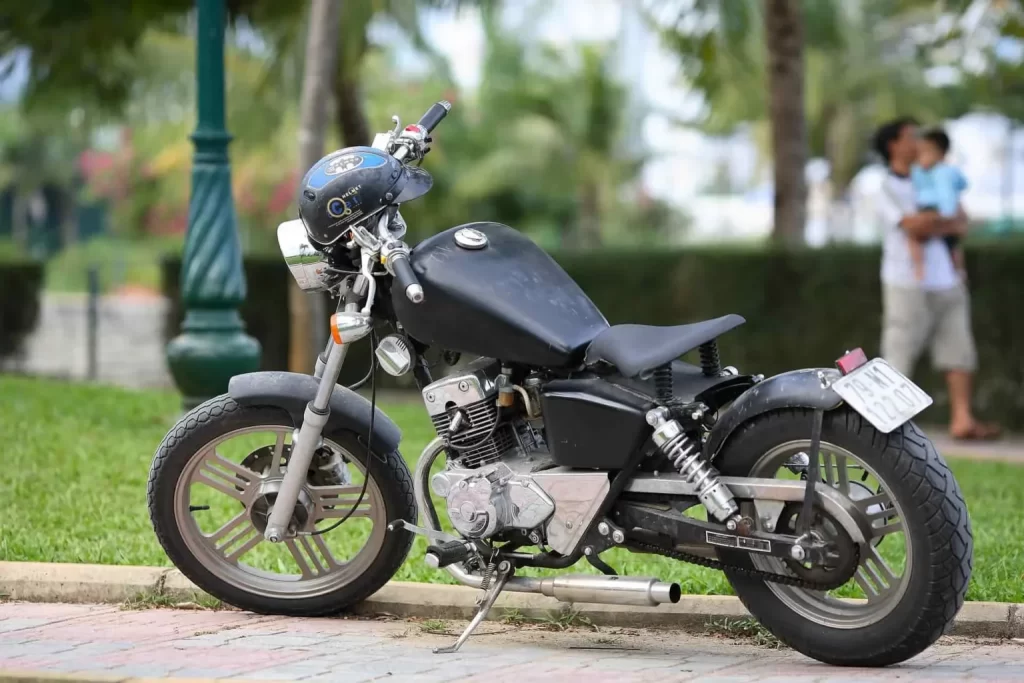Motorcycle accidents often leave more than just physical scars. They change lives, disrupt careers, and challenge even the most resilient individuals. The sudden shock of a crash can quickly evolve into months of medical appointments, emotional distress, and financial strain. Yet, amid the adversity, many riders are turning to innovation and technology as allies in their journey toward healing and empowerment.
This shift isn’t just about convenience. It’s about survival and adaptation. From wearable tech to real-time accident data, motorcyclists are finding new ways to not only recover from injuries but also to assert their rights and document their experiences. As the roads become more unpredictable, these tools provide a much-needed buffer between vulnerability and control.
The Aftermath of a Collision
According to www.accidentlawyerelite.com, in the immediate aftermath of a motorcycle accident, the priority often lies in treating visible injuries—fractures, lacerations, or head trauma. However, the invisible toll, such as nerve damage, emotional shock, or PTSD, can linger long after the physical wounds begin to heal. Riders frequently face extended recovery periods, during which they must navigate complex medical systems and insurance procedures, all while trying to rebuild their confidence and independence.
The physical recovery is rarely linear. Multiple surgeries, therapy sessions, and routine follow-ups become part of daily life. Motorcyclists often describe this period as isolating, especially when mobility is limited. With fewer in-person resources during times of restricted movement or remote living situations, riders are increasingly relying on digital solutions that provide access to care and community support at the click of a button.
These tools not only bridge logistical gaps but also provide mental relief. Knowing that an app can log symptoms, connect to a physical therapist virtually, or organize appointment schedules offers a sense of control in an otherwise disordered situation. While the road may have turned hostile, these innovations offer a new kind of roadmap to recovery.
Wearable Devices Changing the Game
Wearable technology has evolved from fitness gadgets to essential medical tools, particularly for those recovering from traumatic injuries. Smartwatches and medical-grade wearables can monitor heart rate variability, sleep patterns, and movement consistency, offering critical insight into the healing process. For motorcyclists, this means they can track their body’s progress without needing to physically visit clinics daily.
These devices have also proven useful in the moments following an accident. Some wearables are equipped with crash detection and automatic alert systems that notify emergency contacts or dispatch services when a fall or collision is detected. This immediate response capability can reduce the time it takes to receive care, especially in remote areas or on under-traveled roads.
Motorcyclists are not just passive users of this tech—they’re active participants in shaping how it’s applied. Many have begun sharing their data with health professionals to fine-tune treatment plans. Others are using wearables in legal cases, showcasing movement limitations or ongoing symptoms as evidence of their injury’s severity. These small devices are rewriting how injury narratives are told and validated.
Legal Advocacy Through Technology
Motorcyclists recovering from accidents often encounter resistance when seeking compensation. Insurance adjusters, legal loopholes, and a lack of clear evidence can stall or deny legitimate claims. Here, technology has started to close the gap. Apps that log recovery data and incident documentation provide an organized, time-stamped trail that supports a rider’s case without relying solely on memory or paperwork.
Drones, dash cams, and helmet cameras also play a growing role in legal proceedings. Riders can present clear footage of road conditions, traffic behavior, and the moment of collision. This kind of direct evidence holds weight in courtrooms and can significantly influence case outcomes. With real-time uploads and cloud storage, the risk of losing this vital information diminishes.
Digital records allow victims to take part in their legal journey with more agency. Instead of waiting for lawyers to interpret medical records or police reports, riders can present a cohesive story backed by indisputable data. In turn, this fosters a sense of empowerment, turning a vulnerable situation into a proactive pursuit of justice.
Community Support Through Digital Platforms
Motorcycle communities have long existed in garages, group rides, and meetups. Now, those same communities thrive online, especially for individuals recovering from injuries. Forums, apps, and support networks offer spaces where people can share experiences, offer advice, and find emotional support without geographical limits.
These digital platforms are more than social hangouts—they serve as informal networks of care. Riders recovering from similar accidents can recommend resources, share rehab routines, and lend emotional support during setbacks. For many, logging into a support group at midnight is more comforting than waiting a week for a therapist’s appointment.
This exchange of insight is vital. From app suggestions that track muscle strength to tips on adaptive riding gear, the information shared is often more relevant than generic medical advice. These spaces also highlight innovation as a communal effort, where personal stories help shape future tools and resources.
Conclusion: Looking Ahead With Confidence
The road after a motorcycle injury doesn’t end at physical healing. It often becomes a lifelong adjustment, requiring continued care, awareness, and mental resilience. Innovation, in all its forms, offers a bridge between past trauma and future strength. By embracing digital tools and tech-based support systems, motorcyclists create a foundation that adapts to their evolving needs.
This shift in approach reflects a broader transformation within personal injury recovery. What was once a static process defined by clinical appointments is now dynamic, connected, and user-driven. Riders no longer have to choose between recovery and agency—they can pursue both with equal intensity.
The power to respond and rebuild after a hostile road experience now lives in the rider’s pocket, wrist, or cloud. As long as they continue to adopt and shape innovation, motorcyclists will not only endure—they will thrive.
